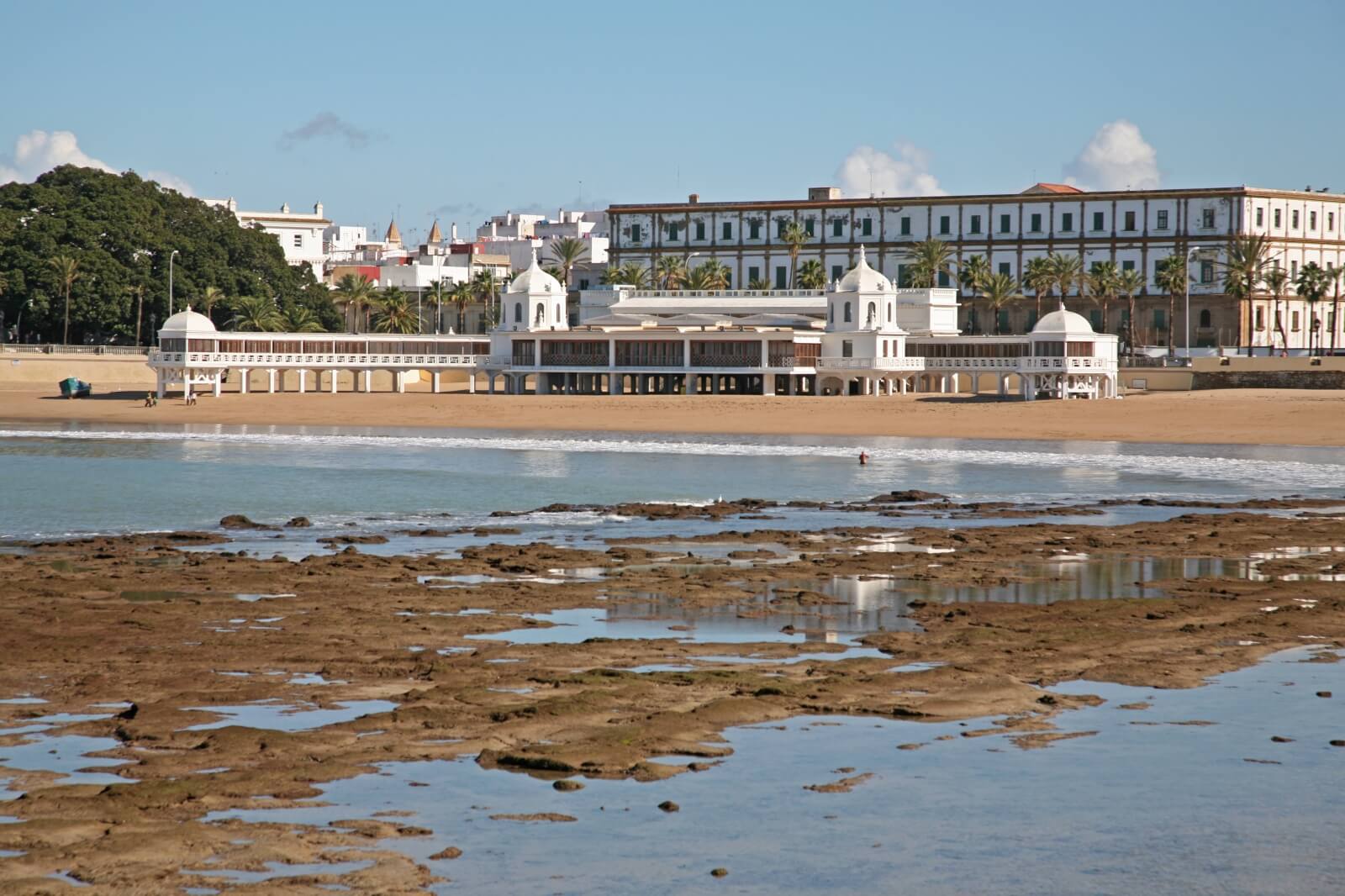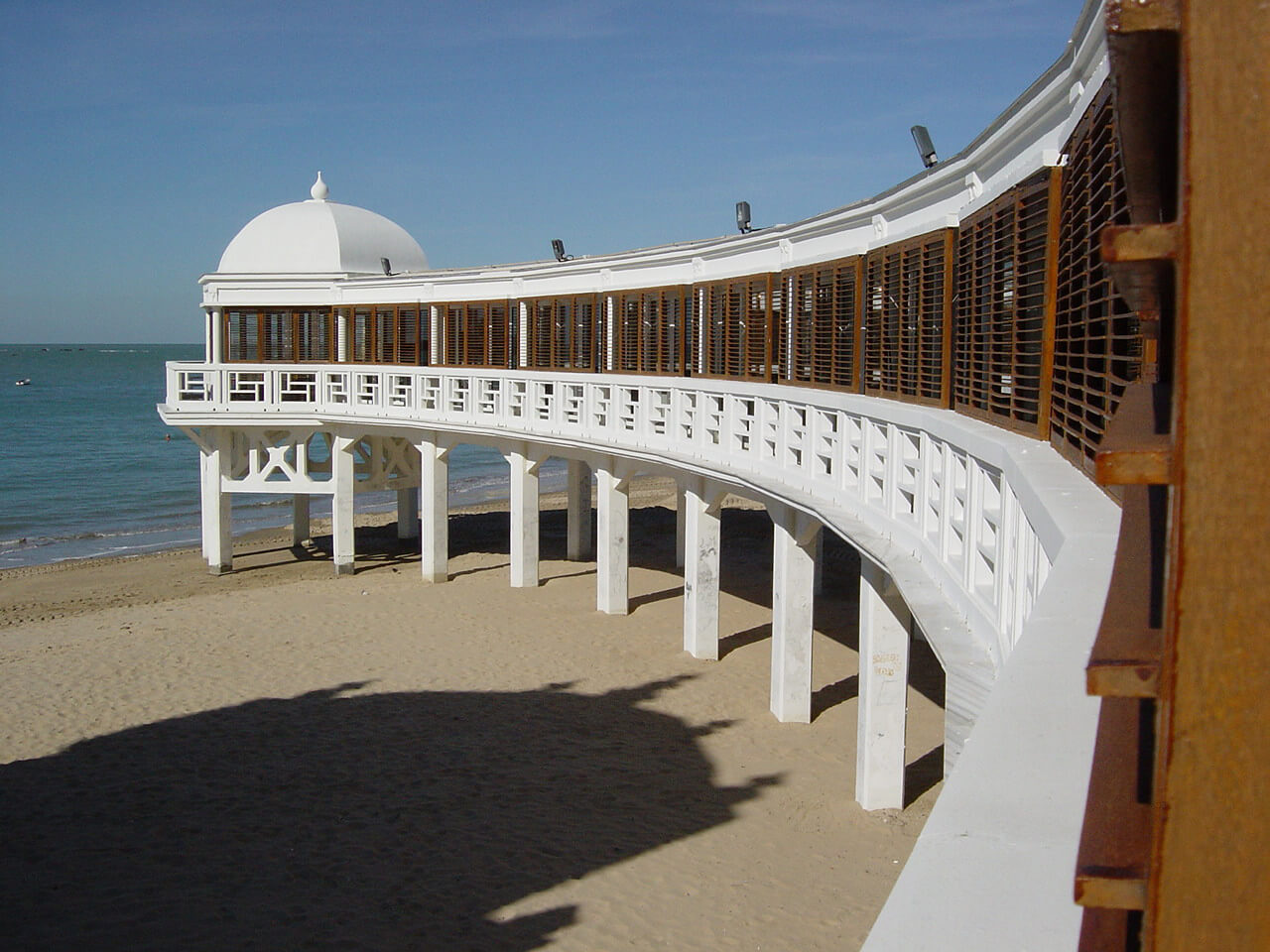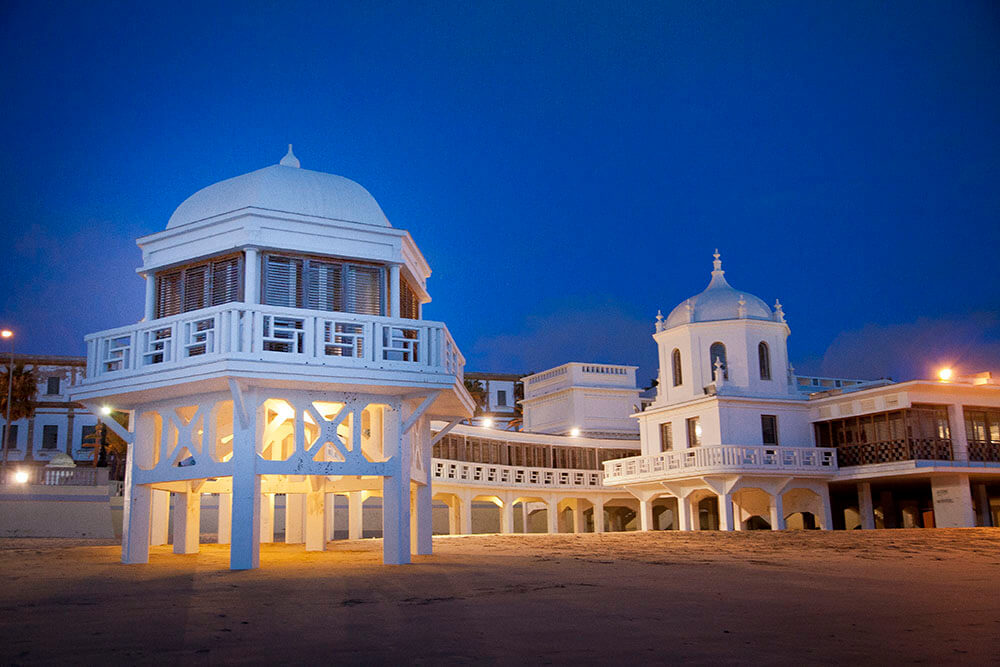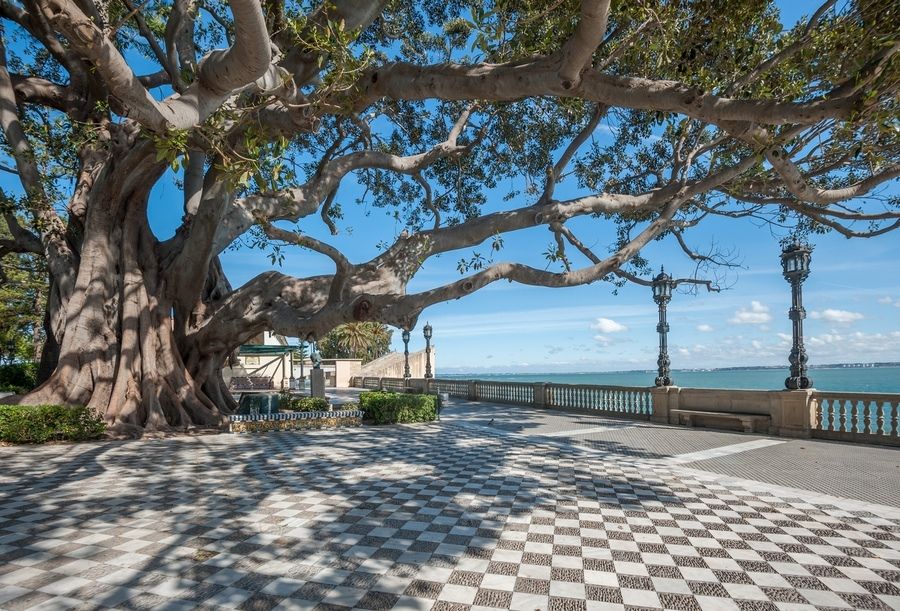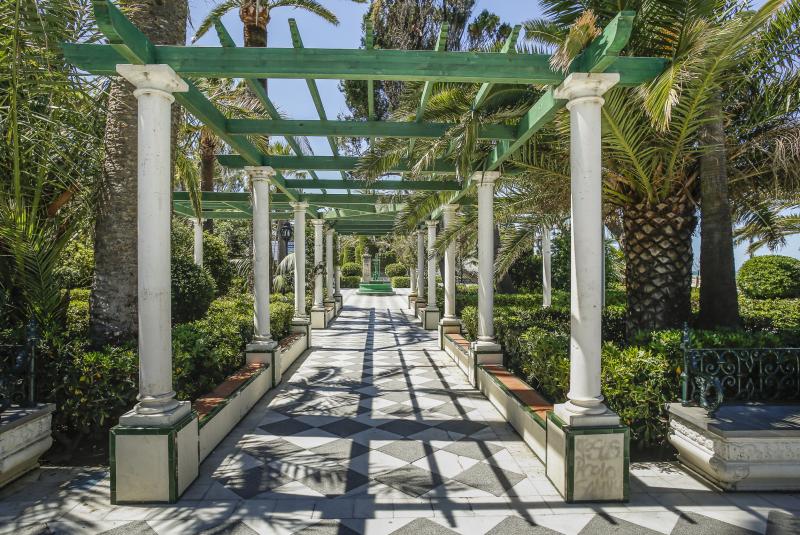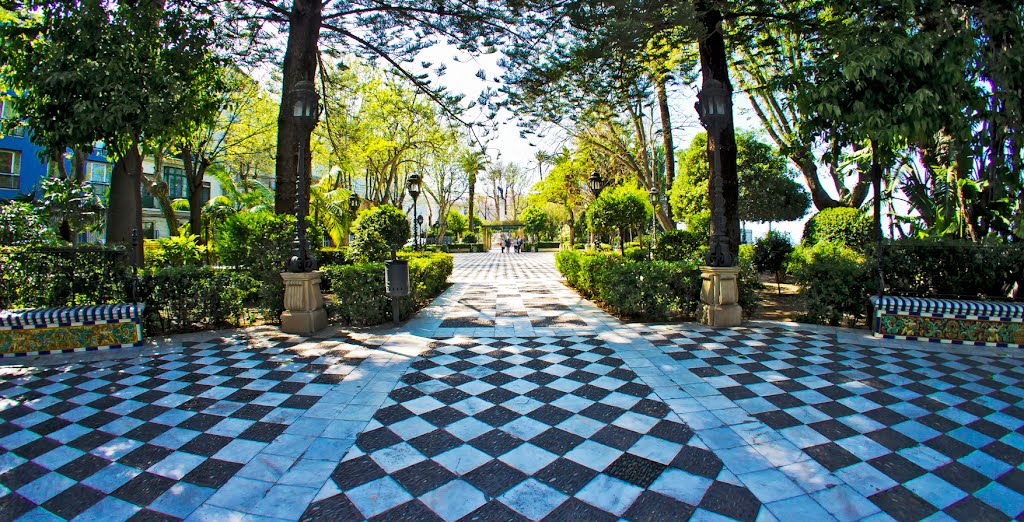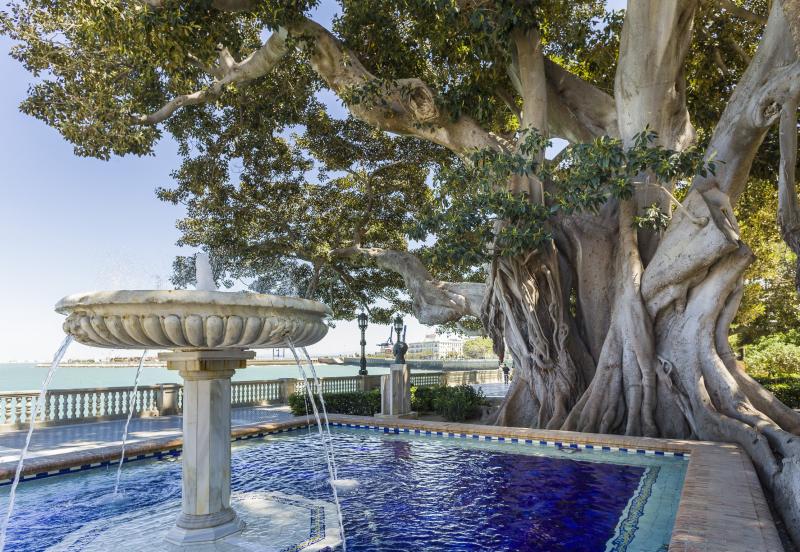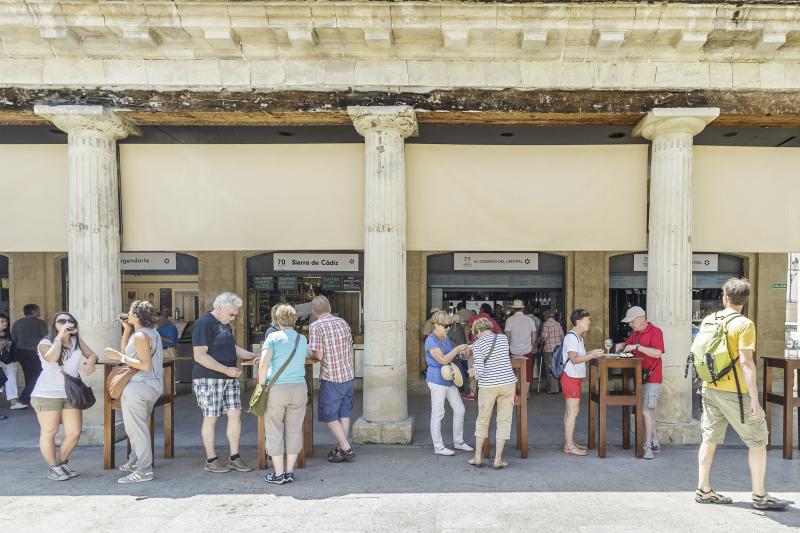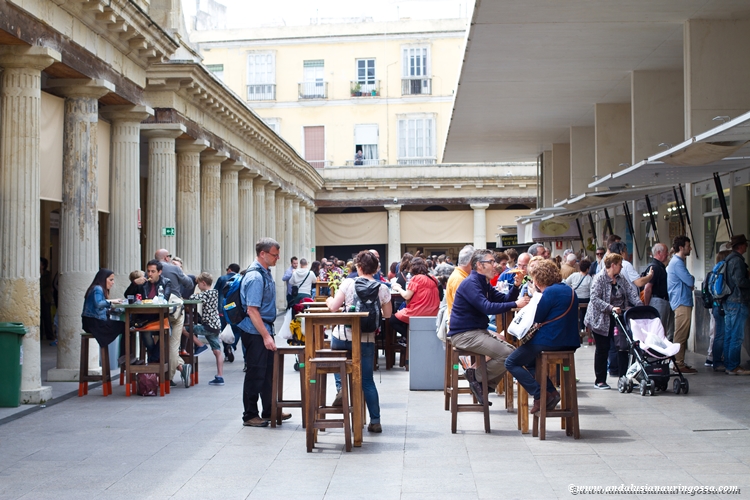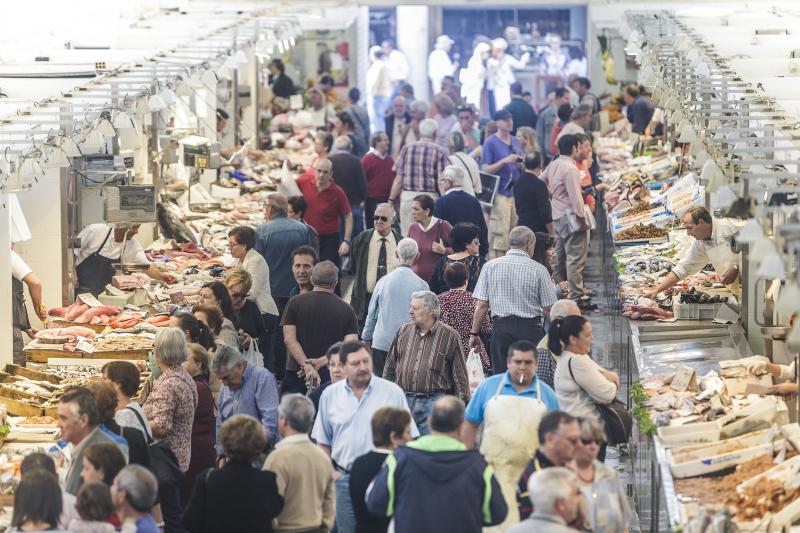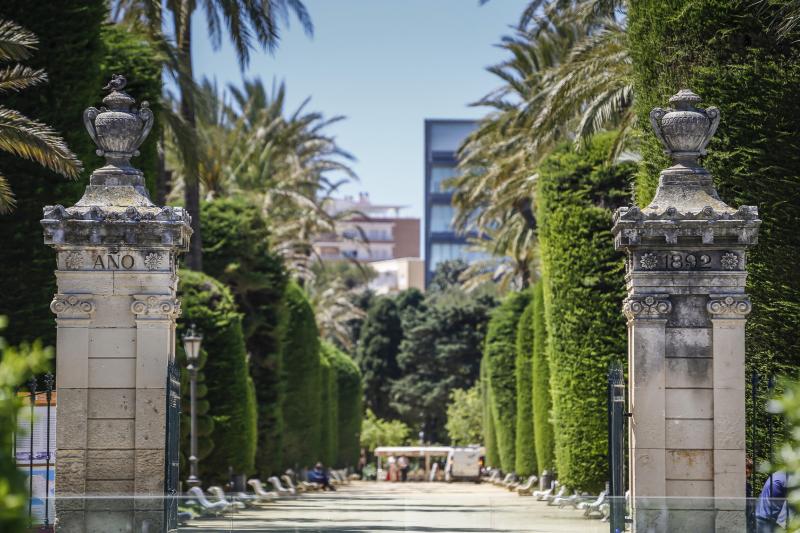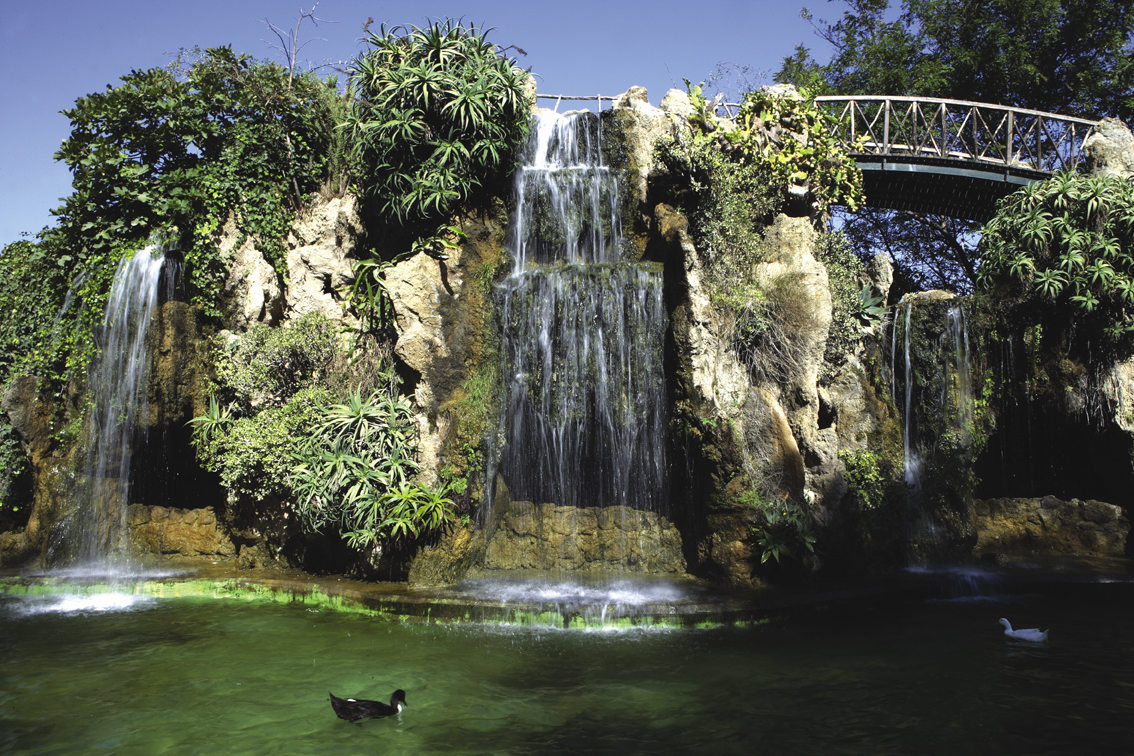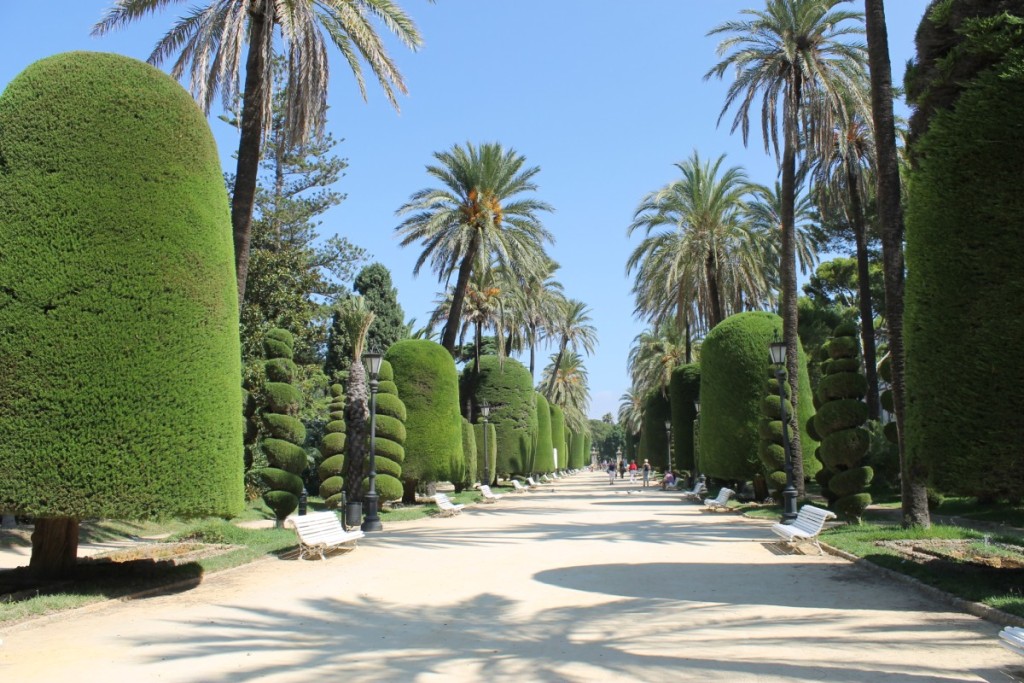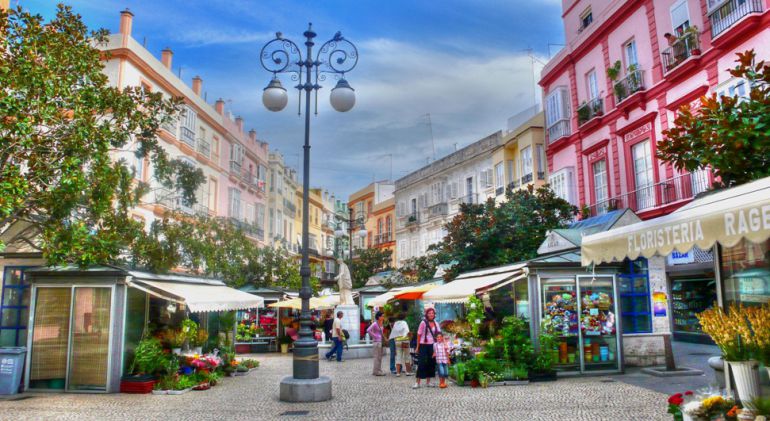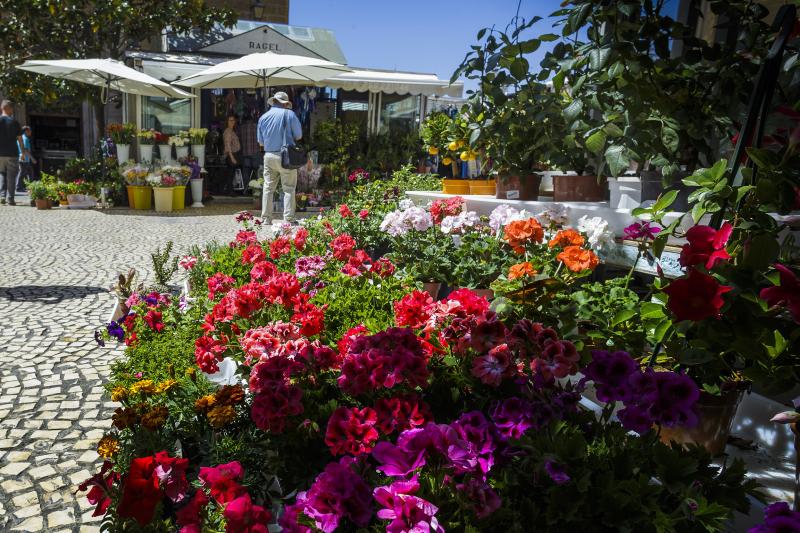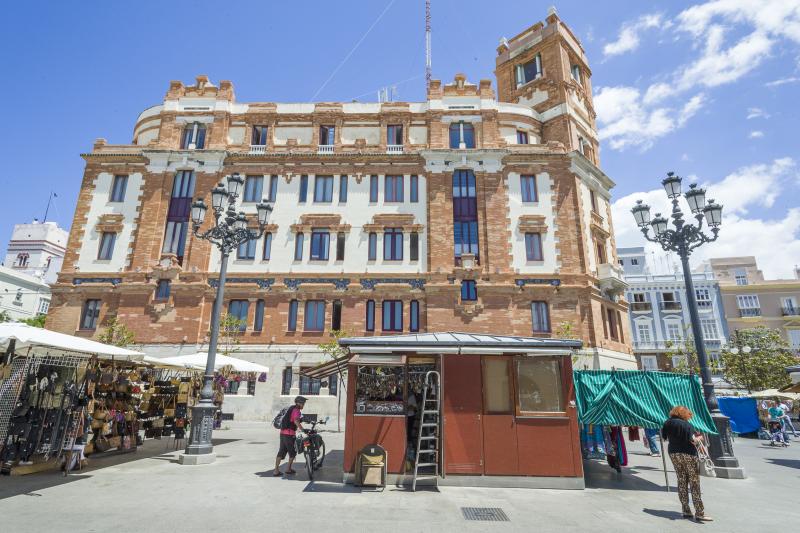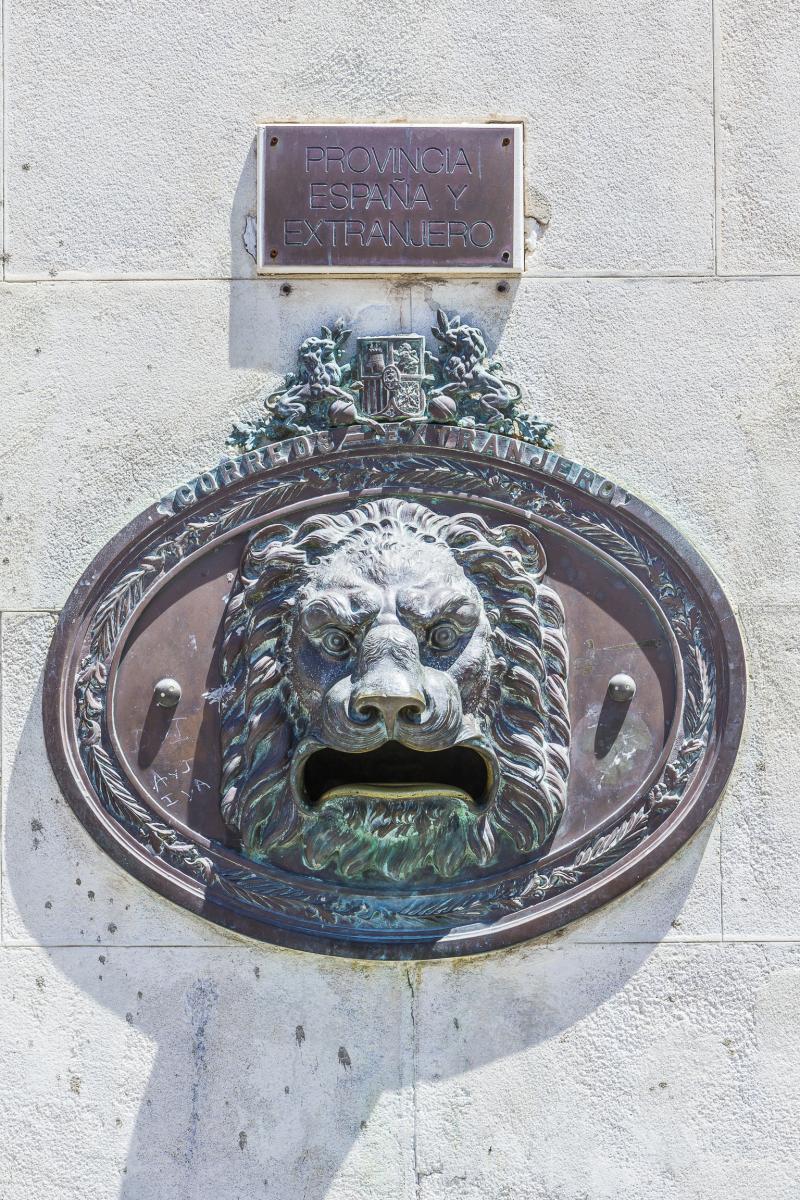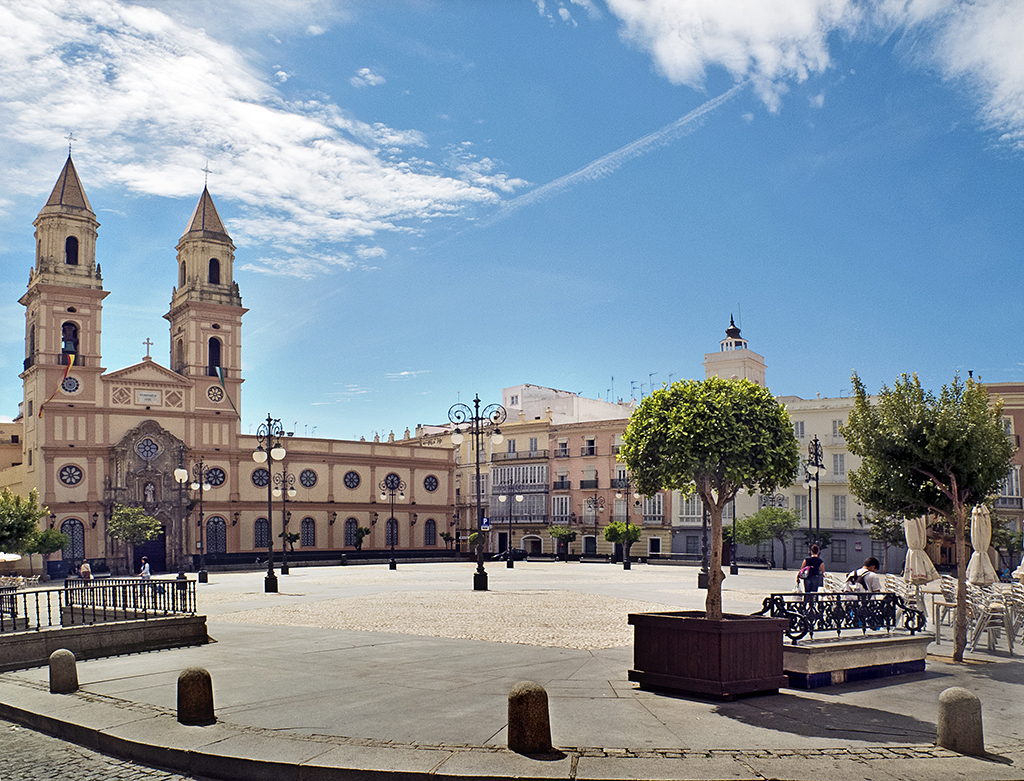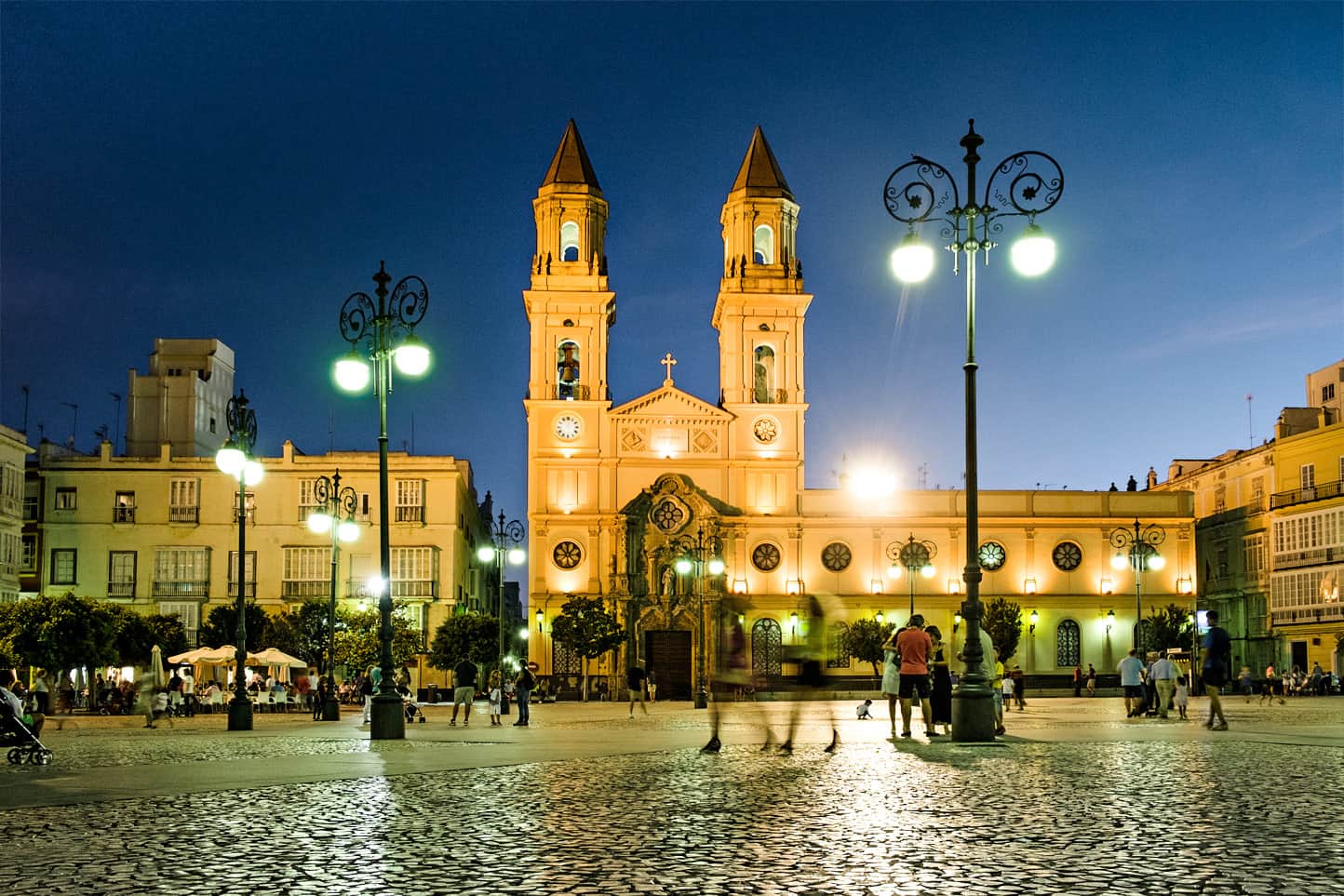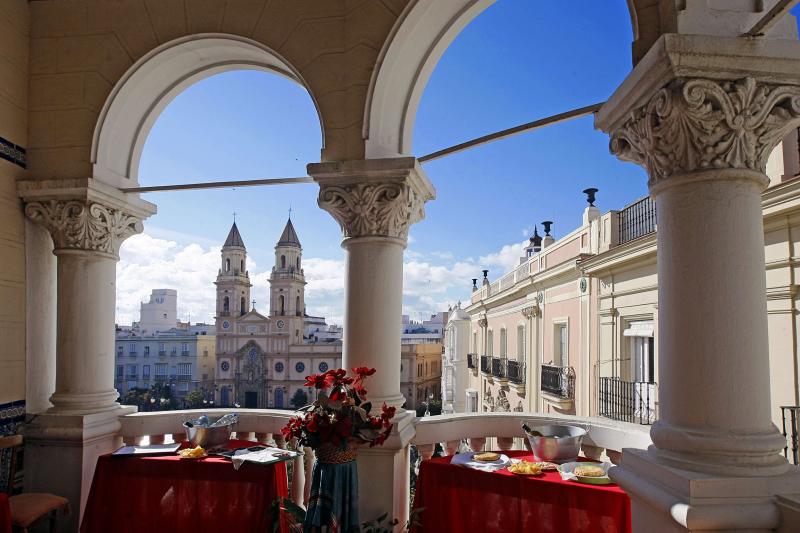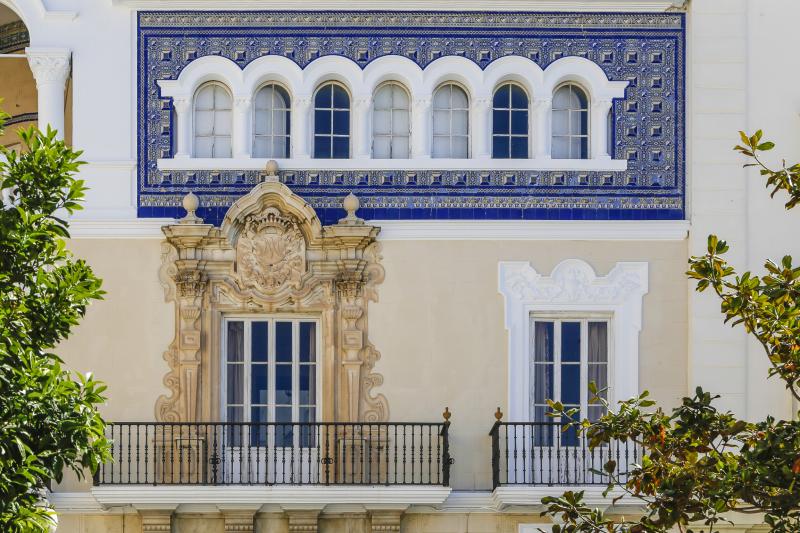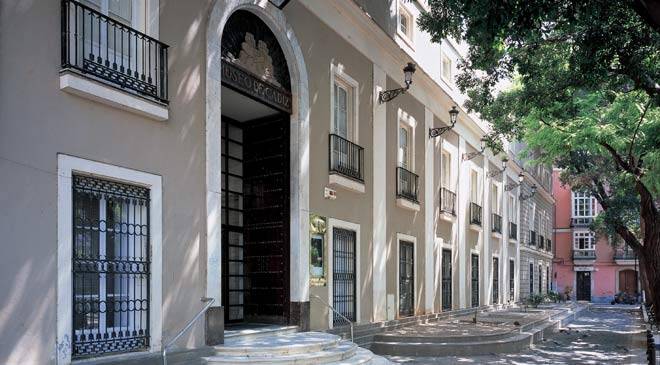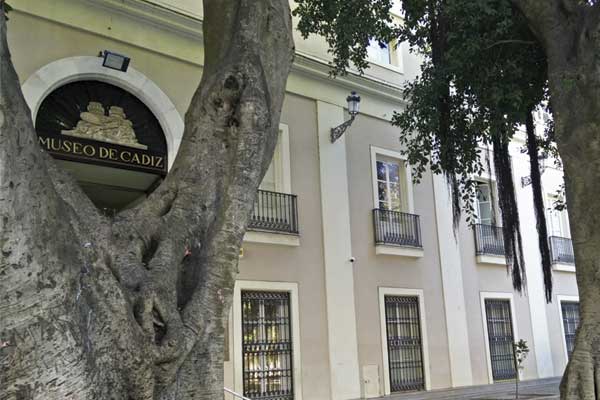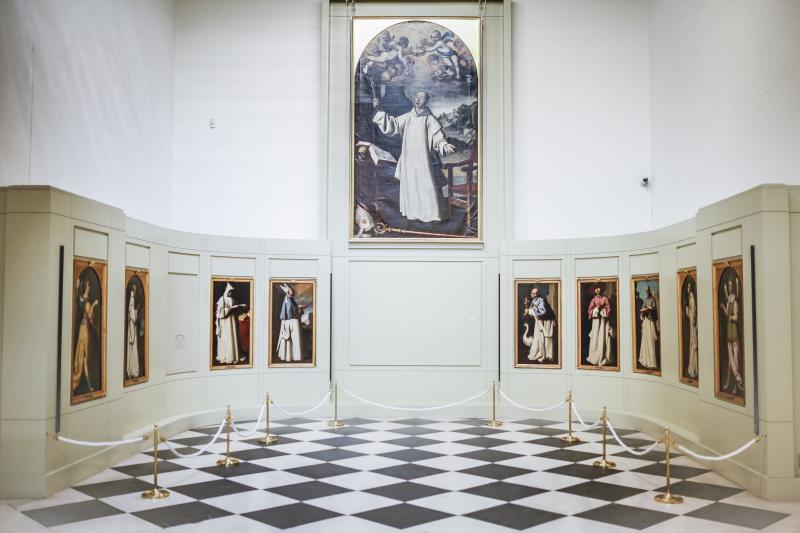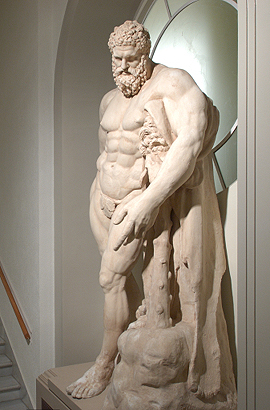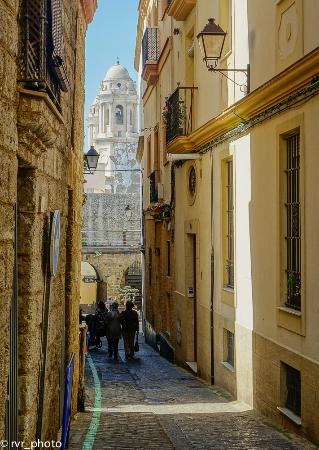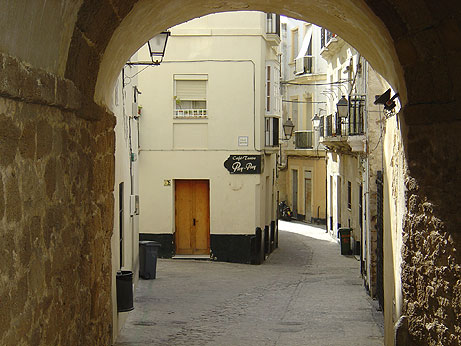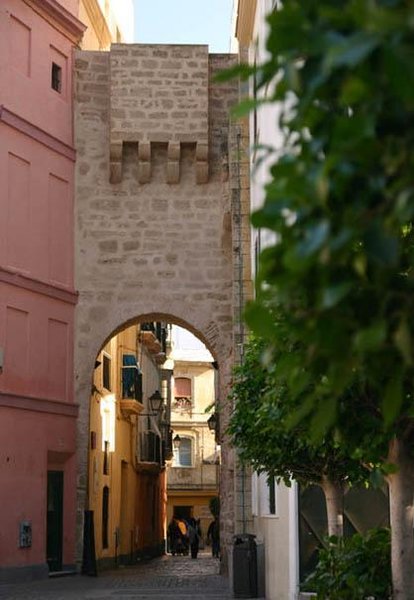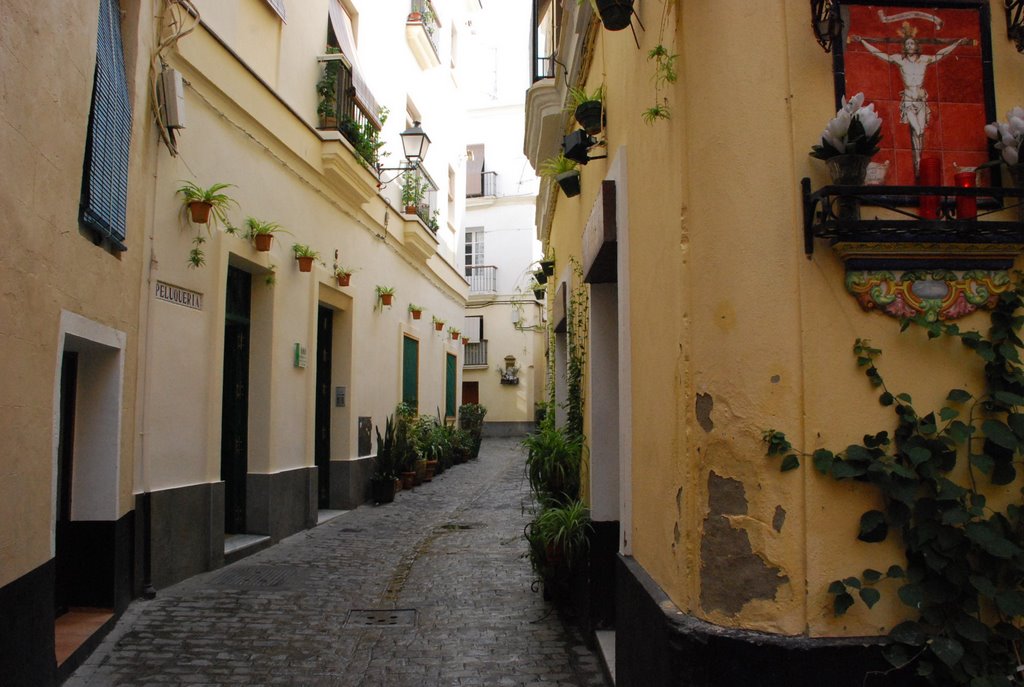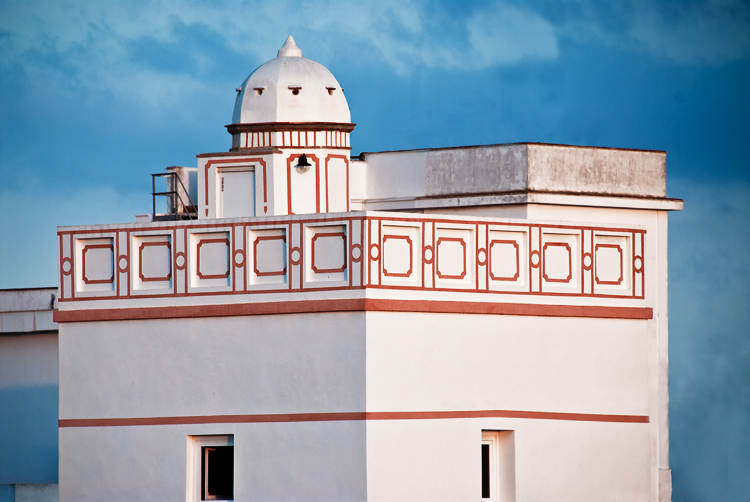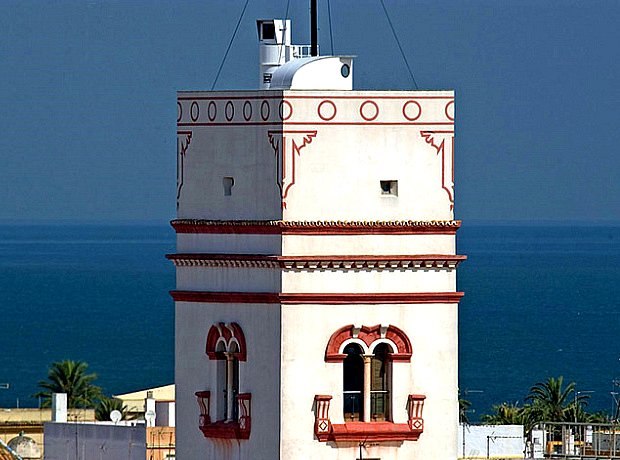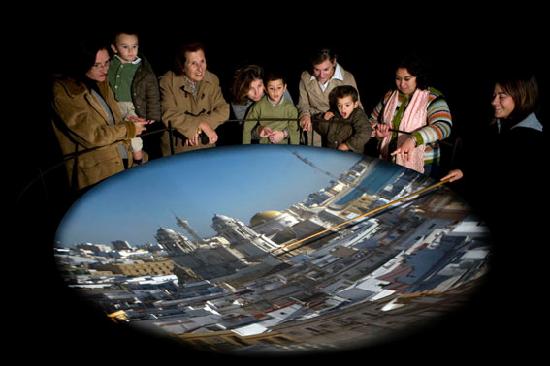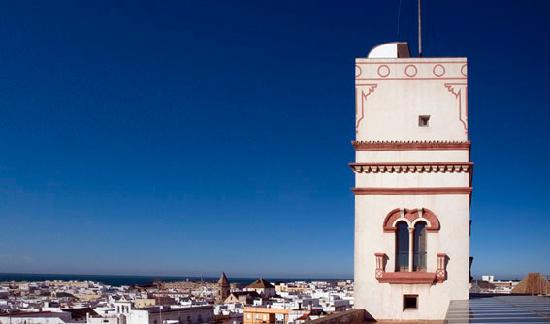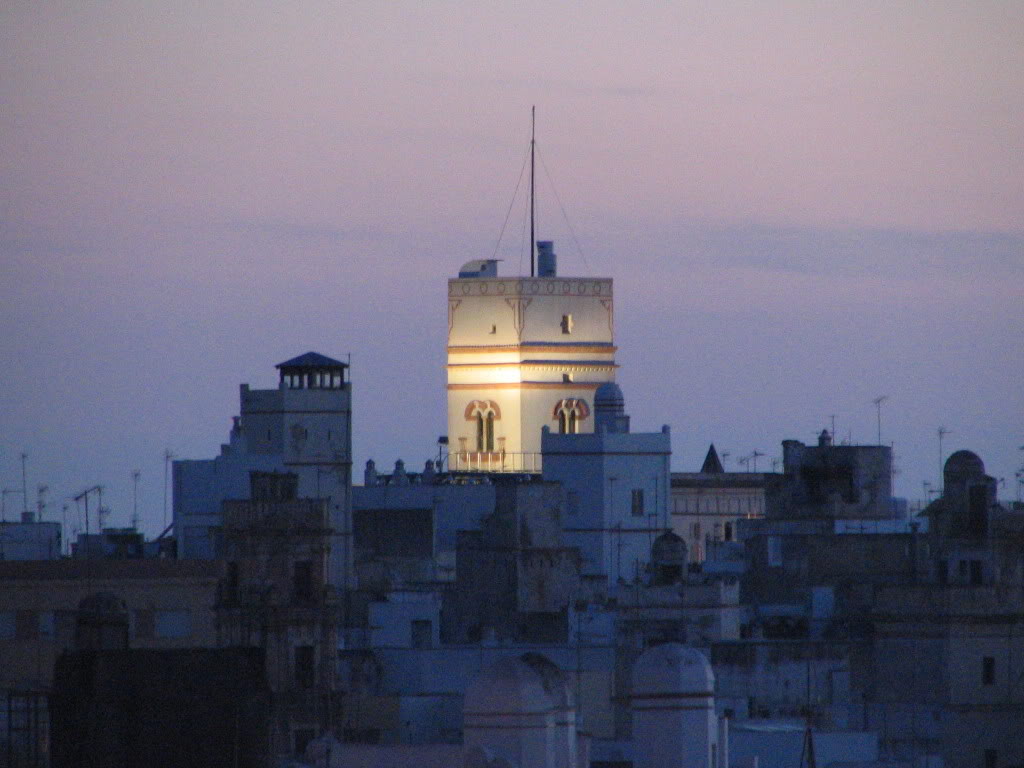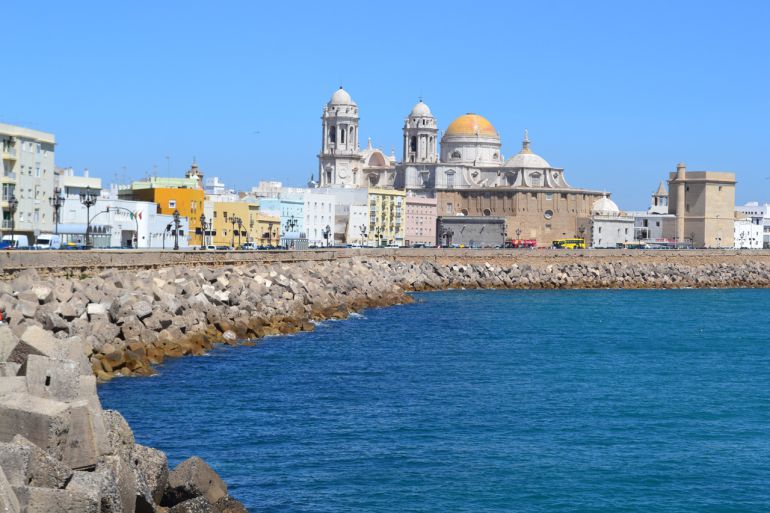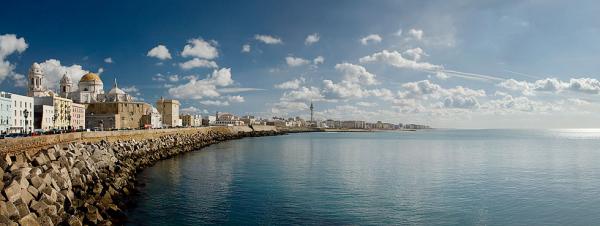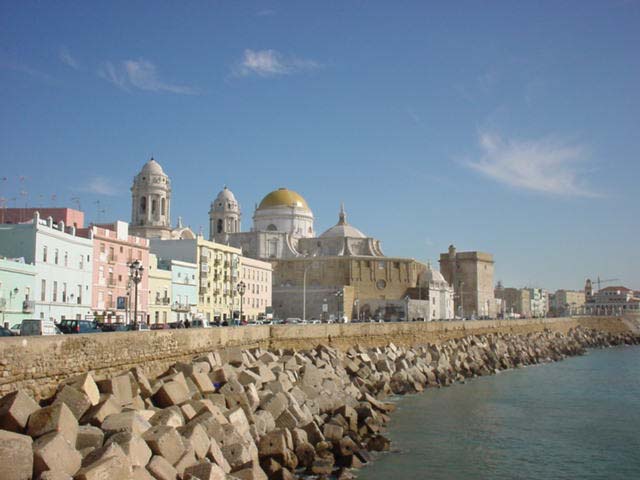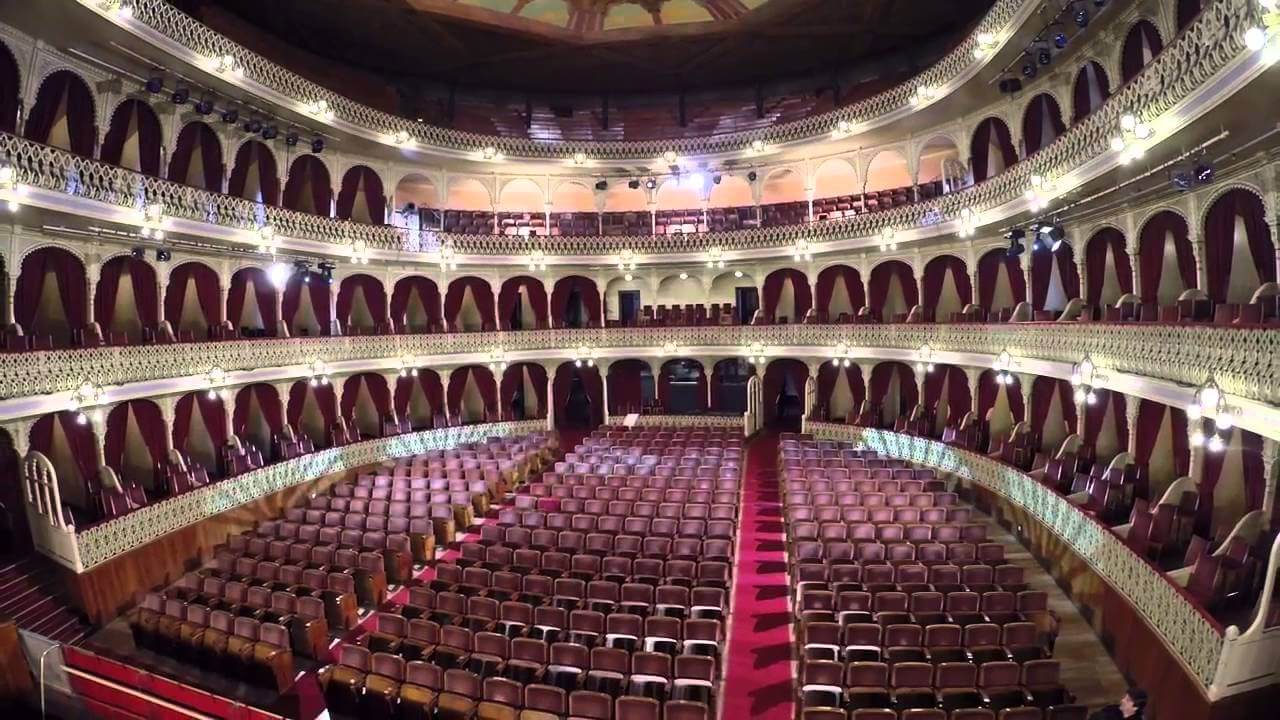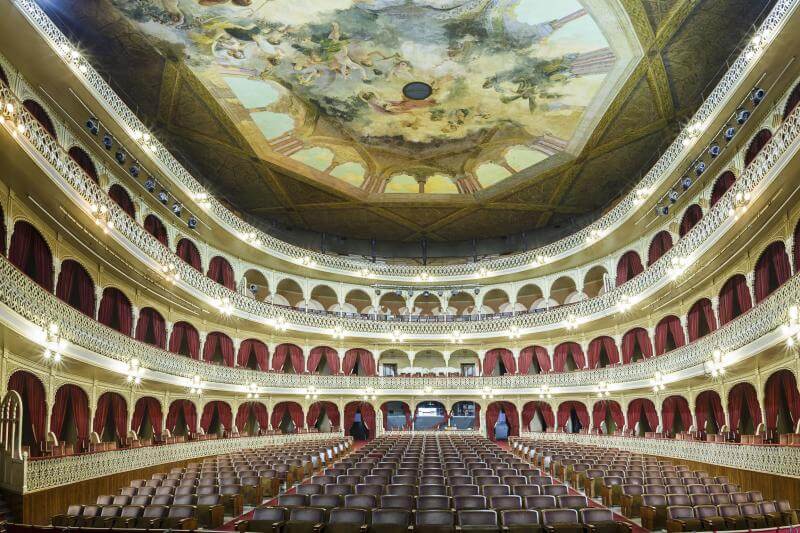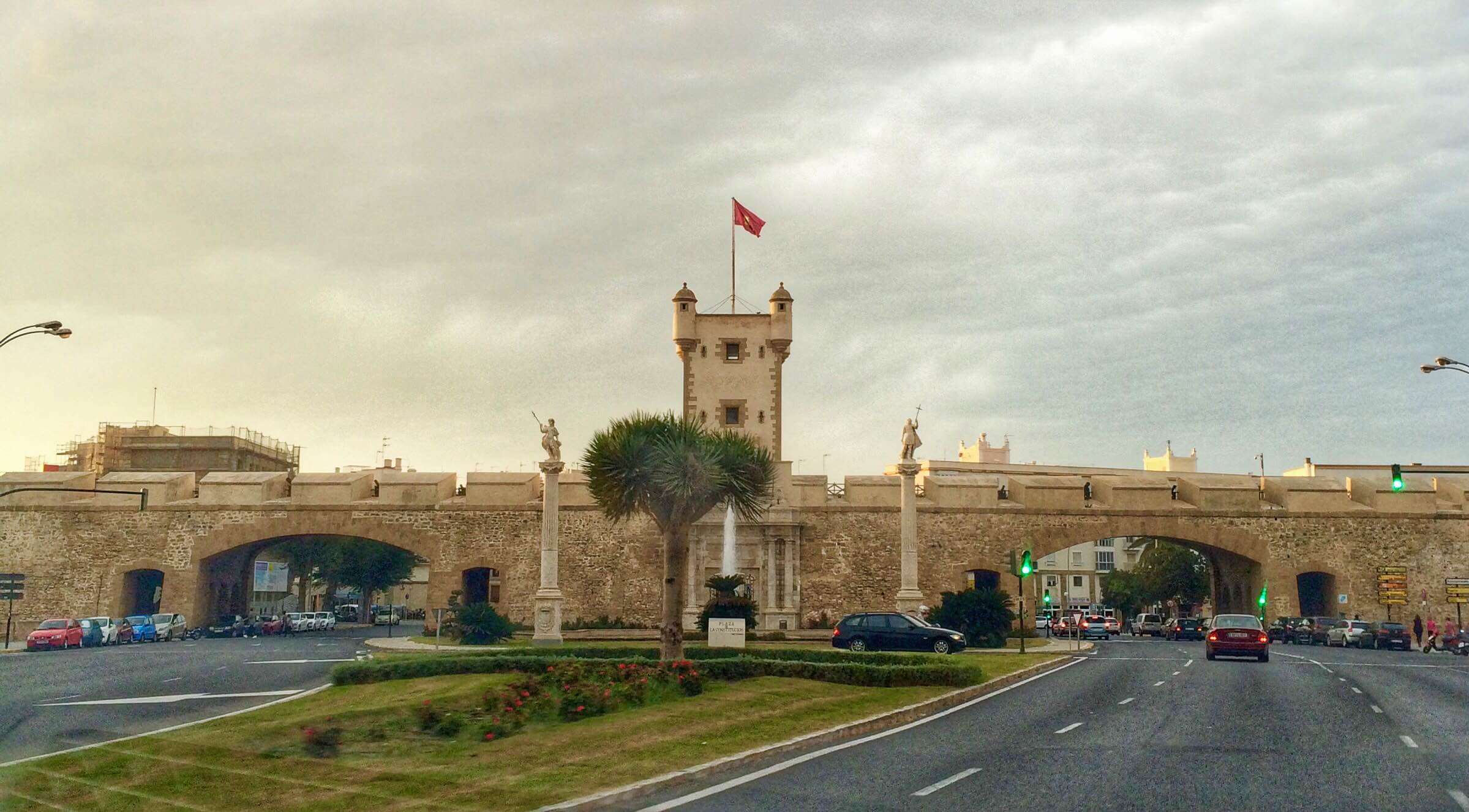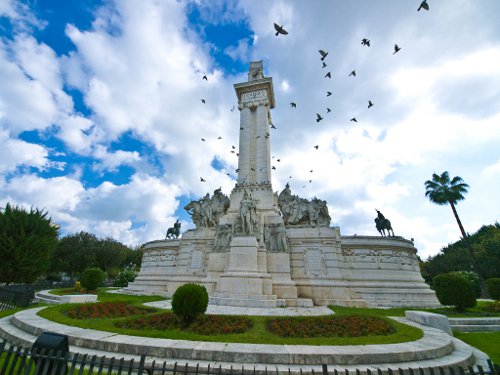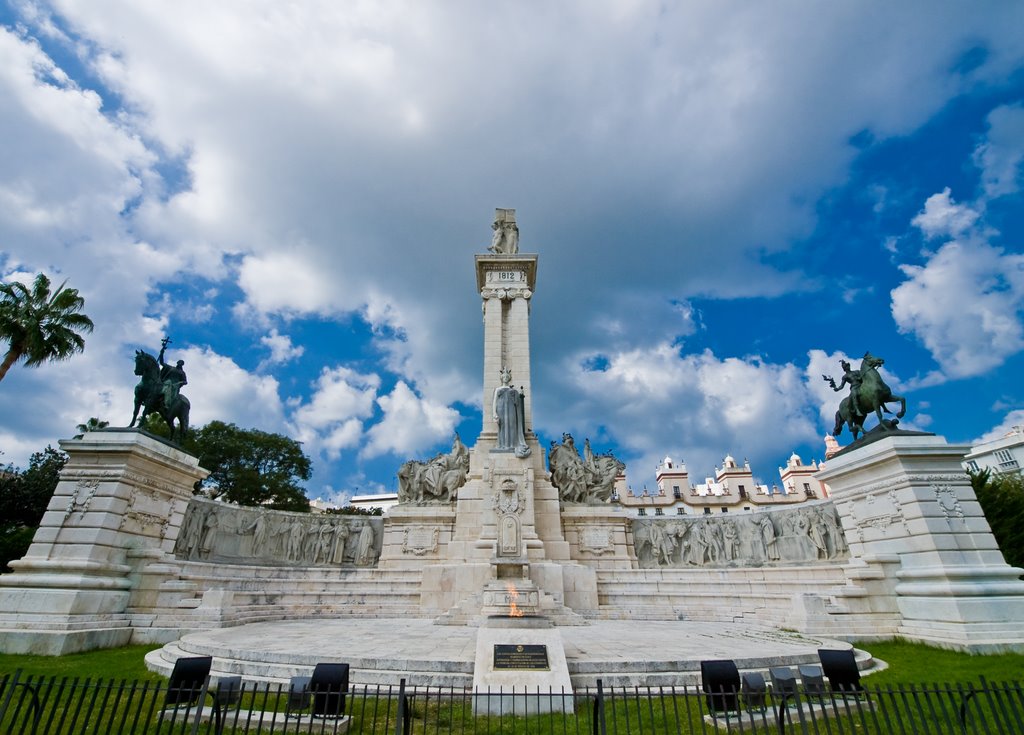Discover the town
Caleta Beach
La Caleta is a beach located in the historic center of the city of Cadiz (Andalusia, Spain). It was a natural port in which ships of Phoenicians, Carthaginians and Romans anchored.
It is the smallest beach in the whole city, and isolated from the rest. Its main attraction lies in its location, a stage that has inspired musicians and poets such as Isaac Albéniz, José María Pemán, Paco Alba or Carlos Cano. It is flanked by the castles of San Sebastián and Santa Catalina, in front of the former Hospital de Mora, the Faculty of Economic and Business Sciences and next to the Faculty of Labor Sciences of the Campus of Cadiz of the university of the same name, in the neighborhood la Viña .
He has been the stage of several films, such as 007: Die Another Day, Alatriste, Manolete and El Amor Brujo.
The people of Cadiz consider it as one of the most emblematic places of their city, being a recurrent theme in Carnival couplets.
Distance
270 metres
How to get there
Alameda Apodaca
The Alameda Apodaca and the Marqués de Comillas is a landscaped walk of the historical center of Cadiz, which runs parallel to the sea and the city wall from east to west, which begins in the walls of San Carlos and ends between the Bastion of the Candelaria and the church of Carmen. Its current design of regional style was carried out between 1926 and 1927 by the architect Juan Talavera and Heredia.
It is very common to see people fishing, walking or even taking a refreshment, ideal for the walk and shelter on hot days. Bearing always presents the view of the sea, it is one of the most charming places of Cadiz.
Distance
1.2 kilometres
How to get there
Mercado Central
Recently refurbished, it is the most functional historic monument in Cádiz in the city and it is here that photographic cameras coexist with shopping carts in perfect harmony, as well as tourists with locals from Cádiz. This is where you have to come if you want to get the best and freshest kind of meat, fruit, fish and seafood.
In the market we can also find a gastronomic corner, various products in a unique setting.
Distance
450 metres
How to get there
Parque Genovés
Genovés Park is the largest green area of the old town. The park has a trapezoidal shape, bordering the Atlantic Hotel, the Paseo de Santa Bárbara, the Duque de Nájera avenue and the González Tablas street, where the main entrance is located. The park keeps interesting species of diverse provenance, which makes it in an authentic Botanical Garden. In addition to monuments by Jose María Pemán or Jose Celestino Mutis.
It emphasizes its cave and a lake with waterfall where different birds coexist, which make the landscape and the charm of this corner of the city even more beautiful.
Distance
1 kilometre
How to get there
Plaza de las Flores
The Plaza de las Flores is a popular urban enclave characterized by the colorful flower stalls that occupy the central area. Colorful for its flower stalls and for the environment that surrounds it throughout the year, increased in Carnival. Very close to the most central and commercial streets of the city, calle Ancha, Columela and Compañía, among others.
In addition, we can find variety of restaurants and shops in the square and around, without doubt, one of the liveliest squares in the city.
Distance
650 metres
How to get there
Plaza de San Antonio
The Plaza de San Antonio forms a large quadrangular space and is one of the nerve centers of the city. Originally it was called Campo de la Jara, because it was in the vicinity of the well of the same name that for a while supplied the city with drinking water. Historically, this square stands out because the Constitution of 1812 was proclaimed in it.
The church of San Antonio stands out in this square, which stands out among the similarity of the buildings in the square, the headquarters of the old Casino Gaditano, the old Banca Aramburu, which leaves no one indifferent as it passes by and the Casa museo del writer Jose María Pemán
Distance
800 metres
How to get there
Museo de Cádiz
The Cadiz Museum is located in the Plaza de Mina of the city of Cádiz. This museum has three sections: Archeology, Fine Arts and Ethnography. Among its outstanding funds are: the Phoenician anthropoid sarcophagi, the findings of the Roman era and the Baroque painting rooms, with works by Zurbarán, Alonso Cano, Rubens, Juan Carreño de Miranda and Murillo.
Distance
1 kilometre
How to get there
Barrio del Pópulo
When entering the neighborhood one can take the pulse to the city and feel the beat of the history of a city where they inhabited Phoenicians, Punic, Romans and Arabs. El Pópulo neighborhood is considered the oldest neighborhood in Europe.
Located at the entrance of the historical center, between the Town Hall and the New Cathedral, it has 3 arches of entrance that are the Arco del Pópulo, the de la Rosa and Los Blancos, all dating back to the 13th century. This neighborhood is undoubtedly the one that has more monuments per square meter in the city, coincides in surface with the medieval town, the walls and the castle. Here the ideal is to get carried away without a map or route, getting lost in its narrow cobbled streets.
Distance
1.2 kilometres
How to get there
Cadiz Cathedral
Cádiz Cathedral is a Roman Catholic church in Cádiz, southern Spain, and the seat of the Diocese of Cadiz y Ceuta. It was built between 1722 and 1838. The cathedral was declared Bien de Interés Cultural in 1931.
The church was known as "The Cathedral of The Americas" because it was built with money from the trade between Spain and America. The 18th century was a golden age for Cádiz, and the other cathedral that the city had got, Santa Cruz, was very small for this new moment of Cádiz. The new cathedral was built from 1722 to 1838. The first person who designed the church was architect Vicente Acero, who had also built the Granada Cathedral. Acero left the project and was succeeded by several other architects. As a result, this largely baroque-style cathedral was built over a period of 116 years, and, due to this drawn-out period of construction, the cathedral underwent several major changes to its original design. Though the cathedral was originally intended to be a baroque edifice, it contains rococo elements, and was finally completed in the neoclassical style. Its chapels have many paintings and relics from the old cathedral and monasteries from throughout Spain.
Distance
800 metres
How to get there
Torre Tavira
The Torre Tavira is a watchtower and the highest point of the old town of Cadiz, 45 meters above sea level. It is located in the House-Palace of the Marquises of Recaño (currently Conservatory of Music of Cadiz), in the corner between the streets Marqués del Real Tesoro and Sacramento, was built in the XVIII century in Baroque style.
It is currently home to the Dark Chamber, one of the most symbolic tourist attractions in the city of Cadiz, as well as two exhibition halls and a viewpoint, from which you can admire the entire historic center of the city.
Distance
700 metres
How to get there
Campo del Sur
Bordering the old town, we find this walk that faces the sea, lets us walk through one of the most typical and beautiful views of the city. From end to end, passing through the Old Cathedral, the Roman Theater, and reached the other side, one of the most popular neighborhoods of the city, the neighborhood of La Viña.
Colorful houses that remind us of sailors' houses and this walk reminds us of the Malecon in Havana, and in fact this place has served to recreate the Cuban capital in film productions such as the James Bond movie starring Pierce Brosnan and Halle Berry.
Distance
600 metres
How to get there
Gran Teatro Falla
The Gran Teatro Falla is a theater in the city of Cádiz, Andalusia, Spain. It is located in the Plaza Fragela, facing the Casa de las Viudas and adjacent to the Faculty of Medicine of the University of Cádiz.
Construction of the theater began in 1884. In 1886 the city government took over direction of the project, which proceeded only intermittently due to lack of funds. The theater was completed in 1905. Municipal architect Juan Cabrera de la Torre made significant modifications to Morales's original plans. The theater was known as the "Gran Teatro" until 1926 when it was renamed for composer and native son Manuel de Falla.
Built in the Neo-Mudéjar style, it is made of red brick, and has three grand horseshoe arch entry doorways on its principal façade, with alternating red and white voussoirs. One enters through these doors into a large vestibule, which was redesigned in the 1920s. Stairways ascend to the horseshoe or "U"-shaped galleries above.
Every February the Gran Teatro Falla is the site of the artistic competitions of the Carnival of Cádiz. During repairs and restoration from 1987 to 1991, those competitions were held instead at the now-defunct Teatro Andalucía.
Through the rest of the year, the theater hosts all manner of shows, such as plays or concerts.
Distance
500 metres
How to get there
Gates of land
The wall of Puertas de Tierra is an architectural monument that supposes a redoubt of which outside wall of entrance to the city of Cadiz.
Constructed by the academic architect Torcuato Cayón in the 18th century, the cover is carved in marble and is conceived more as a religious altarpiece than as a military fortification.
It is one of the most significant monuments of the city that separates, at present, the Old Town and the modern zone of the city.
Distance
1.6 kilometres
How to get there
Plaza de España
The Plaza de España in Cadiz is one of the most emblematic of the Cadiz capital.
It’s located near the port, it houses singular buildings like the House of the Four Towers and the Monument to the Constitution of 1812 erected in 1912.
It commemorates the Constitution of 1812, set of great proportions designed by the sculptor Aniceto Marinas and the architect Modesto López Otero.
Due to its proximity to the main railway stations, bus and sea is a meeting point in the city, close to all the streets of the historic center.
Distance
1.3 kilometres
How to get there
Bastion of the Candelaria
The Bastion of the Candelaria is a fortification of Cadiz of the Modern Age.
Taking advantage of a high point of land, was constructed in 1672 by initiative of the governor of the place Diego Caballero de Illescas. Protected by a strong wall that makes of breakwaters, with its canyons dominated the channel of access to the port.
It has been barracks, engineers' engineers and lofts of the Colombian army service. Rehabilitated, it is currently used as a cultural space. It was thought to construct a Museum of the Sea in this place and it reinauguró with that name. Later it was left as permanent venue for exhibitions.
Distance
1.4 kilometres
